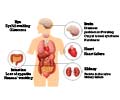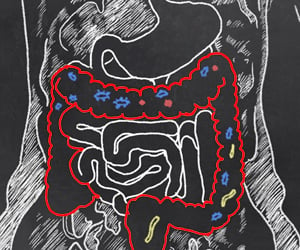A molecular probe that can detect an array of different amyloid deposits in several human tissues has been developed by a team of scientists.

‘A molecular probe that can detect an array of different amyloid deposits in several human tissues has been developed by a team of scientists at Sweden's Linkoping University.’





The probe also picked up some amyloidosis signals that the traditional methods were unable to detect. This result means that the new probe could be used to detect amyloidosis before symptoms present, leading to faster and hence more effective treatment. To date, the primary mode of diagnosis for amyloidosis has been the Congo red stain. However, evidence from the research team, presented in Amyloid Journal show that their new probe is much more sensitive, being able to detect small amyloid deposits in samples that were previously determined to be amyloid-free.
"Given the sensitivity of the probe, we think this would make an excellent complement to traditional methods and could eventually be a replacement," says lead investigator Per Hammarstram, professor at Linkoping University.
According to the U.S. Office of Rare Diseases (ORD), a subsidiary of the National Institute of Health (NIH), amyloidosis is a rare disease, affecting less than 200,000 people in the U.S.. However, The Amyloidosis Foundation suspects that the figures are under-reported and that amyloidosis is not that rare - just rarely diagnosed. A more sensitive diagnostic method would help to uncover the reality of the situation.
The Linkoping team is optimistic about the use of the probe.
Advertisement
Research is continuing in this important field. In the future, the researchers hope to apply this to other diseases where amyloids are present and develop real-time, non-invasive diagnostic probes.
Advertisement











